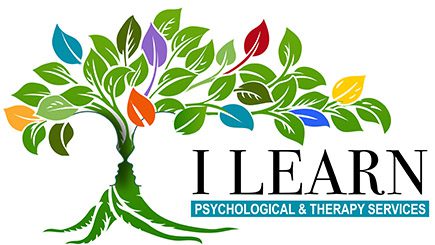
Educational Kinesthetics
Learning is not all in your head! In fact, our entire body is designed as a receptor of information. Our sensory apparatus is vital to our learning, and if sensory input is inadequate, learning problems can occur.
Physical movement, from infancy throughout our lives, plays an important role in the creation of nerve cell networks. The development of neurons is the key to learning and will provide better success for all types of learners. Neurons can be developed through movement.
Educational Kinesiology is a process that creates whole brain learning through movement repatterning. It promotes the development of neurons to enable the individual to access parts of the brain not previously available, resulting in easier learning. Simple, physical movements activate whole brain learning, especially areas of the frontal lobes.
The scientific research of the last several years has established new insights into the effects of movement on learning. Research now shows us that specific movements do initiate and support mental processes.
Children exhibiting perceptual problems at an early age (those who are having trouble learning the alphabet, copying letters, have poor coordination or eye-hand coordination, etc.) are in need of activities that stimulate both hemispheres of the brain, especially when learning disabilities run in the family. Educational kinesthetics and multi-sensory integration will help increase their aptitude for learning. It is a common myth that “they will grow out of it.” Children who are not reading well by the third grade have very little chance of gaining adequate academic skills as they grow older without individual remedial education and counseling.
I LEARN uses techniques that involve sensory input, kinesthetic activities, and developmental centering/focus activities to promote the acquisition of perceptual and sensory skills. Many of these techniques have proven to be very effective in early resolution of learning problems that would have later resulted in a learning disability. Starting with intervention at a young age is often the answer to resolving perceptual issues before they become a fully manifested learning disability.
Educational Kinesthetics is offered to our clients from age 4 through 9 years old.
